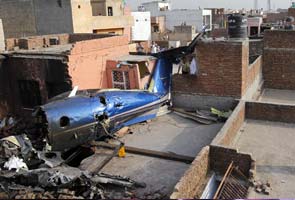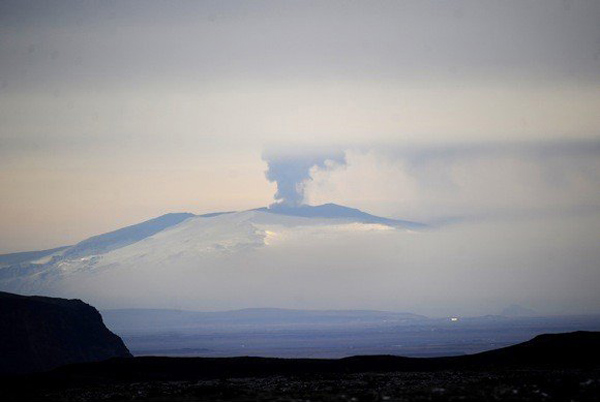Airbus has appointed Comlux America Llc of Indianapolis, Indiana, as a new cabin-outfitter in America, expanding the range of completion centres available to its corporate jet customers.
The first aircraft outfitted by Comlux America, an Airbus ACJ320 that features an outstandingly quiet cabin, is being displayed at the EBACE show in Geneva, allowing potential customers to see its unmatched comfort, space and freedom of movement at first hand.
”With our origins in VVIP charter and aircraft management, we are uniquely well placed to understand and satisfy the cabin outfitting needs of private jet customers,” says Comlux America President Ettore Rodaro. “We can also take care of their cabin refurbishment and and maintenance needs via Comlux Aviation Services, which was previously known as Indyjet and which has around 30 years of experience,” he adds
Comlux’s approval follows a complete audit of the company and its capabilities, allowing Airbus to recommend the company to its customers with confidence. Its intention is to outfit three to four private jets a year.
“We now offer our corporate Jet customers a choice of nine Airbus-approved cabin-outfitters, giving them a wide choice of cabin completion options that will help them to get a great cabin to go with an outstanding aircraft,” says Airbus Executive Vice President, Programmes, Tom Williams.
“Growing the Airbus-approved VIP cabin outfitting network by adding companies such as Comlux America helps us to provide an efficient solution to increasing customer demand for turnkey solutions, as well as facilitating faster access to completion slots,” adds Airbus Executive Vice President, Procurement, Klaus Richter.
Airbus offers the largest and most modern corporate jet family in the world, with aircraft that offer more space, more comfort and more freedom of movement than traditional business jets.
The family comprises the Airbus ACJ318, ACJ319 and ACJ320 and, for customers that want even more comfort, capacity and capability in range, VIP widebodies such as the ACJ330, ACJ340, ACJ350 and ACJ380.
Airbus corporate jets have won more than 170 sales to date, and are flying on every continent, including Antarctica.












